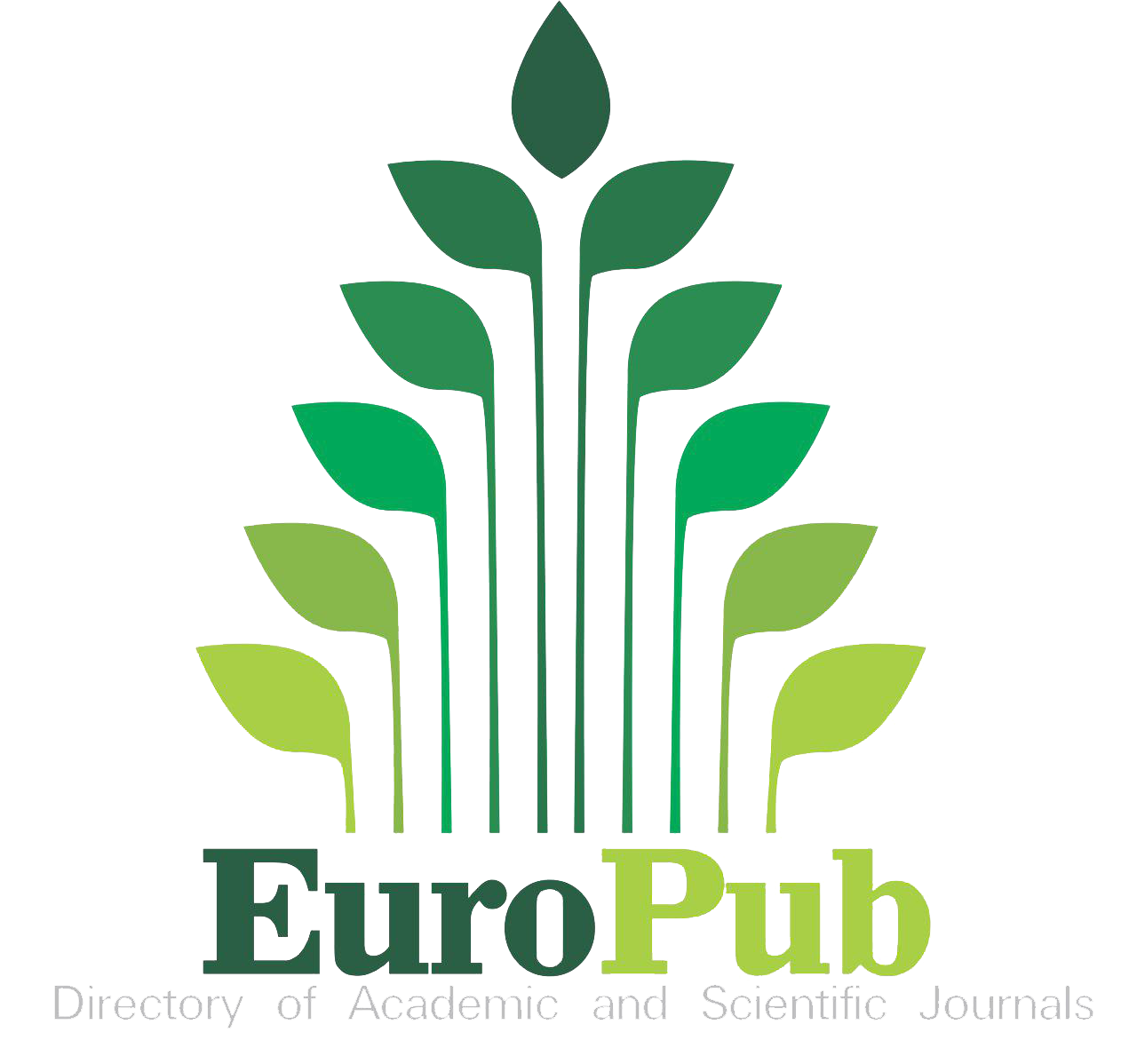Estimating the Cost of Improving Households' Resilience to Floods through the Construction of a Dam in Some Parts of Jigawa State, Nigeria
Keywords:
Flood, Vulnerability, Mitigation, Adaptation, Benefit-cost analysis, HouseholdAbstract
Climate change and/or climate variability has heightened the frequency and re-occurrence of climate related disasters, particularly floods in the past two decades globally. In line with achieving disaster resilience and sustainable development, particularly the eradication of flood risks in urban areas and in line with recommendations in the literature on the need to combine both structural and non-structural measures to help reduce people’s vulnerability, improve adaptation to and mitigate
against climate-linked disasters like flooding. This paper seeks to estimate the costs and benefits of improving households’ resilience to floods through the construction of a dam for flood mitigation, as well as for promoting agricultural activities and improved welfare (income) of households living in high-risk flood areas in Jigawa State. Using secondary data combined with cross-sectional data collected through questionnaires from 251 households (flood victims of 2016) and well-structured interviews (involving government institutions and community elders). This paper used contingent valuation technique (benefit-cost analysis) for the estimation. The study found the proposed dam project to be feasible when used for the production of rice or wheat in the selected study area. The study therefore, recommends the need for disaster risk management authorities to improve on post-flood risk assessment and data collection to aid future planning for improved flood resilient projects.
Downloads
Published
How to Cite
Issue
Section
License
Copyright (c) 2021 Abdulmalik Mohammed Yusuf, Muhammad Kabir Salihu, Ibrahim Kekere Sule

This work is licensed under a Creative Commons Attribution 4.0 International License.














